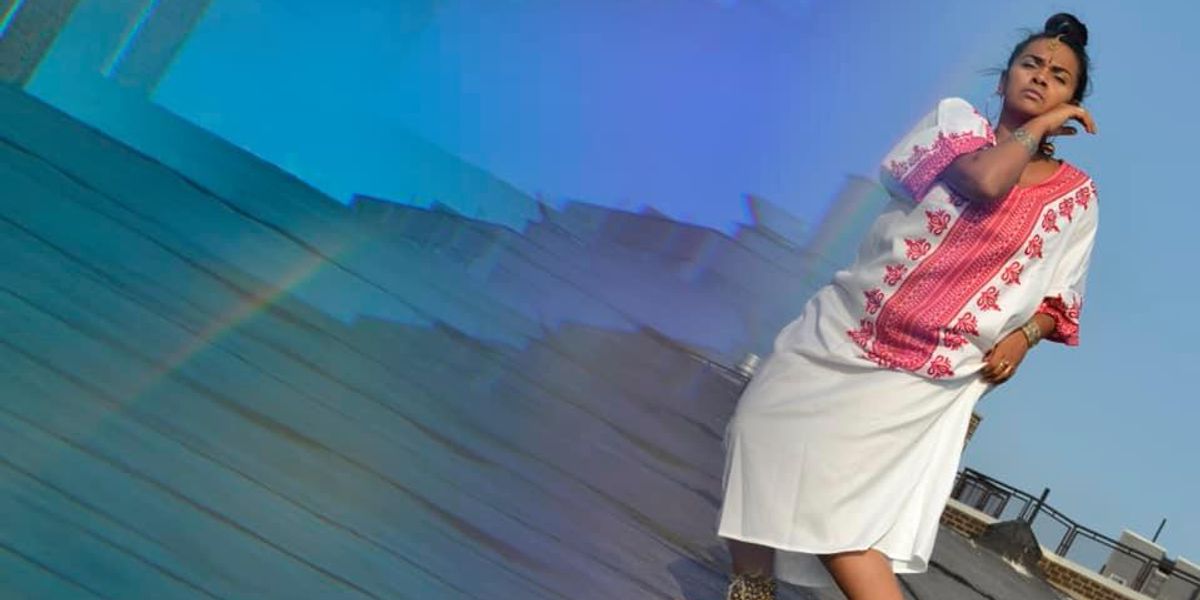How Brinda Guha Combines Kathak With Flamenco and Contemporary Forms
Brinda Guha is a master mixer. With a deep background in kathak and training in other forms of Indian classical dance, including Manipuri, she began seriously training in flamenco during a monthlong workshop in Spain in 2007. Upon returning to New York City, Guha continued studying the form while also expanding her movement vocabulary with contemporary styles. Today, the South-Asian American choreographer, dancer, teacher and curator has self-produced her own feature-length dance productions, and performs with Soles of Duende, a dynamic percussive trio that features tap, flamenco and kathak. She also curates the showcase Wise Fruit NYC, which highlights local activist artists.
Guha recently spoke with Dance Magazine about what she’s learned from flamenco, what goes into collaborations, her philosophy as a curator and more.

Amber Nicole, Courtesy Guha
What she’s looking for in collaborations:
“In a sense, I’m a purist, which is ironic considering my work in combining dance vocabularies. I’m always looking for a collaborator who is rooted in their craft and has a strong sense of identity in their movement. Someone who can find a connection with me based on their deep knowledge of how their form functions in space alone and with other bodies.
“I love working with artists who consider breaking rules with me after deeply discussing why those rules exist.
What she’s learned from flamenco:
“Studying flamenco taught me about transitions—how one movement thought would enter into the space of another. It also influenced me to question, How do we rise above the tyranny on brown bodies?”
What she gets out of collaborating:
“Collaborating quite simply changed the way I realized my movement styling. For example, with African dancer Omari Wiles, our goal was to create work that embodied a marriage between West African and contemporary folk Indian movement. We experimented with ways in which we entered a beat cycle. I learned how the spirit of the entire body took up the space in between the beats in both worlds.”
The importance of sound:
“In Soles of Duende, our styles create both music and movement. Amplifying the histories of our own bodies and our forms of dance through making loud noise in spaces that keep asking us to dance quietly is a form of resistance. Our collaboration allows us to learn about how these migrational forms of dance maintained a wild sense of revolution.’
Her strategy as a curator:
“Curation requires a keen understanding of how different combinations of people and the expertise they bring can communicate with one another in the same space. I aim to invite emotions that activate people toward actionable change.”
Her artistic philosophy:
“In developing my unique contemporary movement, I am driven by the notion of the chakra (wheel) and migrational patterns of nomadic bards. The philosophy is rooted in circular forward-moving motion.
“The South Asian diaspora shares one common notion, an idea of ‘home.’ I’m curious about this concept—how we define “home” within ourselves, within our breath, within our communities, and most of all how “home” changes when our conditions change.”




